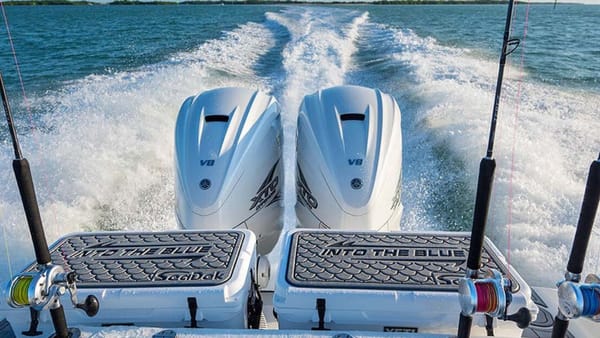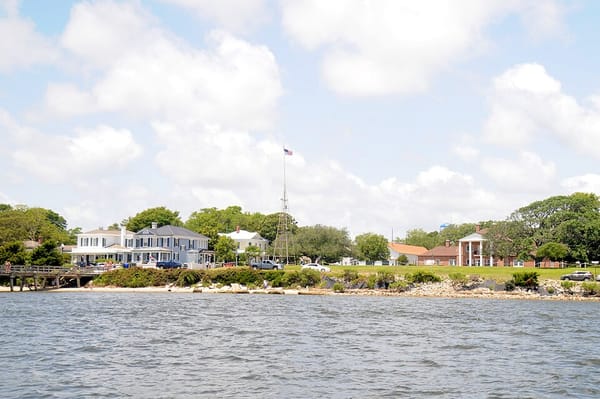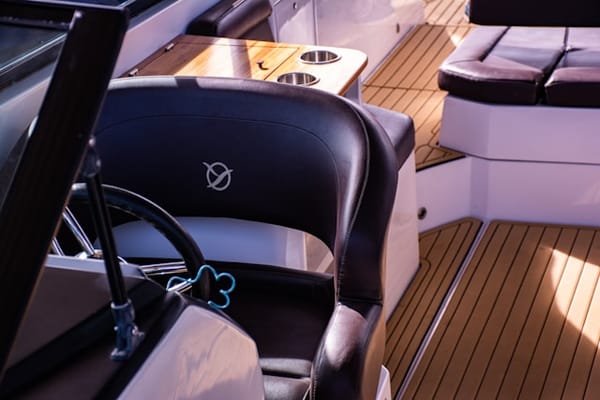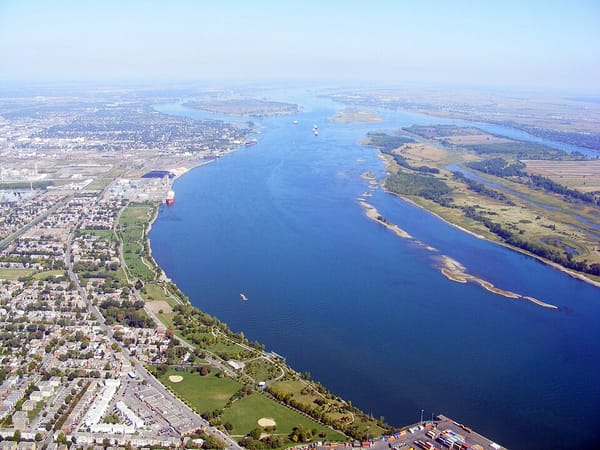Invasive Species: What to Watch Out for While Boating in Florida
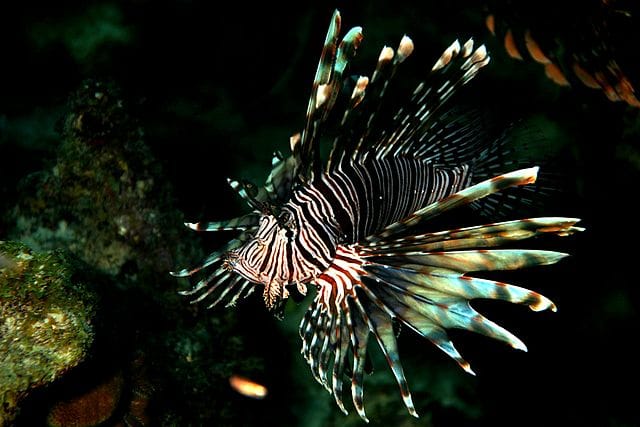
Invasive species are a significant threat to Florida's diverse ecosystems, impacting native plants and animals, disrupting ecological balance and posing economic challenges. The state's warm climate, extensive waterways and thriving trade contribute to introducing and establishing invasive species.
Several invasive species have become particularly problematic in Florida, affecting terrestrial and aquatic environments. Here are a few to watch out for when sailing or cruising the rivers, lakes and other waterways from marinas and private boat docks for rent.
Burmese Pythons (python bivittatus)
Among Florida’s most notorious invasive species, Burmese pythons have become a huge problem in the Everglades. Introduced through the pet trade, these large constrictors prey on native wildlife, including mammals, birds and reptiles, which has led to a decline in several native species.
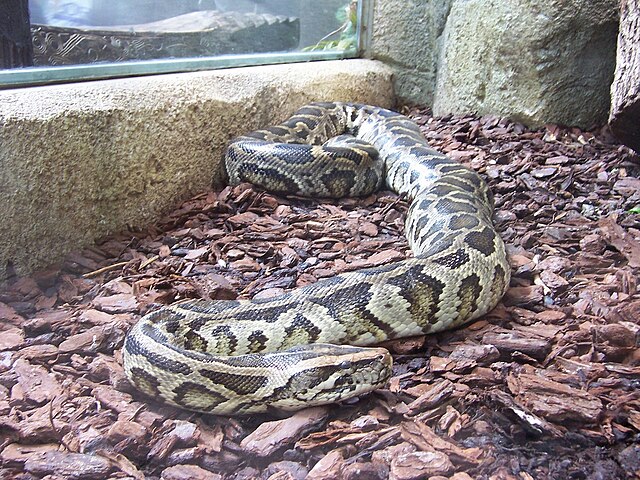
Photo: Wikimedia/CC by SA 2.0 (Burmese python)
Melaleuca (melaleuca quinquenervia)
Originally from Australia, the melaleuca tree was introduced in Florida to help drain swamps. However, it rapidly spread and outcompeted native vegetation, altering the natural water flow of the wetlands. Melaleuca invasion has negative impacts on water quality and wildlife habitats.
Inspect and thoroughly clean your sailboat or motor boat hull and motor when returning to a private boat dock for rent.
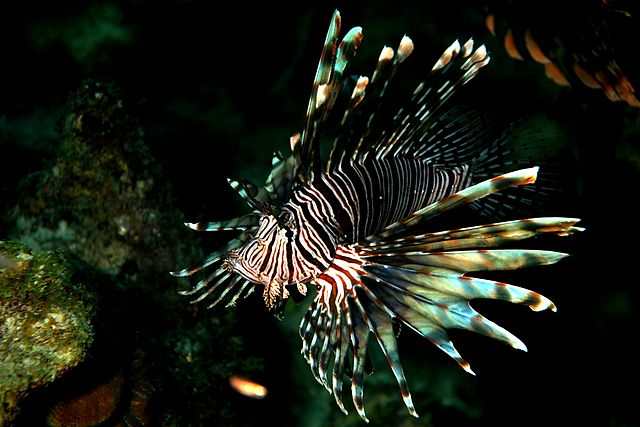
Photo: Wikimedia/Laszlo Ilyes/CC by SA 2.0 (lionfish)
Lionfish (pterois spp.)
Native to the Indo-Pacific region, lionfish were introduced to Florida waters through the aquarium trade. With no natural predators in the Atlantic, their populations have exploded and now threaten native fish populations. Although quite beautiful, lionfish are voracious predators and can outcompete native species for food and habitat.
Old World Climbing Fern (lygodium microphyllum)
The aggressive old world climbing fern, native to Southeast Asia, forms dense mats of vines that smother native vegetation in Florida's natural areas. Think of it as the kudzu of the waterways. Old world climbing fern disrupts the structure of ecosystems by limiting sunlight and space for native plants, which in turn affects the wildlife that depends on them.
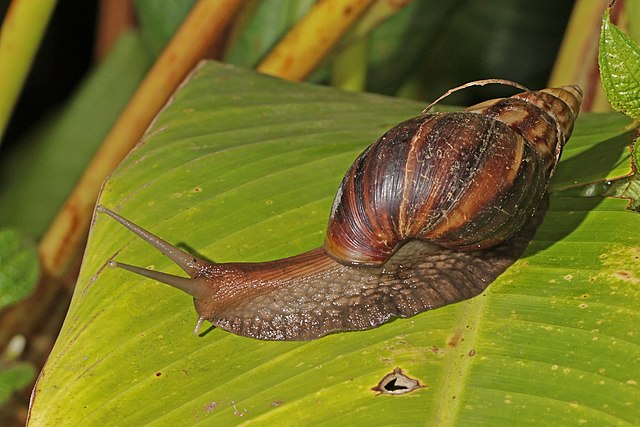
Photo: Wikimedia/Charles J. Sharp/CC by SA 4.0 (giant African land snail)
Giant African Land Snail (achatina fulica)
The giant African land snail, introduced via the pet trade, is a prolific breeder and voracious eater. Feeding on over 500 plant species, it poses a threat to agriculture and natural vegetation. Additionally, these snails can carry diseases that may affect humans. It’s incredibly important to rinse your boat and remove any vines or creatures upon return to the marina or private boat lift rental.
Cogongrass (imperata cylindrica)
Originally from Southeast Asia, cogongrass has invaded Florida's pastures, forests, and natural areas. This highly flammable grass displaces native plants and increases the risk of wildfires. Cogongrass also negatively impacts wildlife habitats and alters soil nutrient cycles.
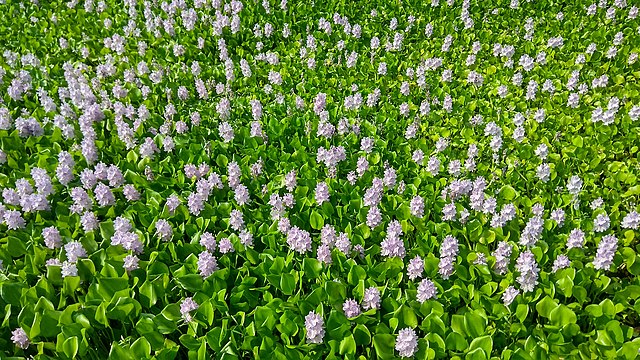
Photo: Wikimedia/ShahadatHossain/CC by SA 4.0 (water hyacinth)
Water Hyacinth (eichhornia crassipes)
The water hyacinth is one of the most notorious invasive plants in Florida waterways. Initially from South America, this floating aquatic plant is characterized by its rapid growth and ability to form dense mats on the water's surface. These mats block sunlight and hinder the growth of native submerged plants, affecting the overall health of aquatic ecosystems. Additionally, water hyacinths can clog waterways, impede navigation and reduce oxygen levels in the water. This leads to detrimental effects on fish and other aquatic organisms.
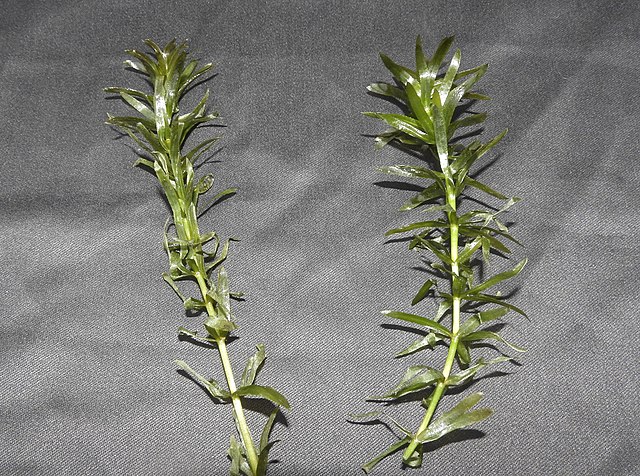
Photo: Wikimedia/Yercaud-elango/CC by SA 4.0 (hydrilla)
Hydrilla (hydrilla verticillata)
The hydrilla is a submerged aquatic plant native to Asia. Hydrilla grows rapidly, outcompeting native vegetation and forming dense underwater mats. This plant's aggressive nature disrupts the balance of marine ecosystems, reduces biodiversity and can create habitat for mosquito larvae, which impacts the risk of disease transmission.
Preventing the introduction of invasive species is imperative to ending their detrimental impact on Florida's waterways. This involves public awareness campaigns, regulations on the importing and selling of potentially invasive species and monitoring programs to detect and respond to new introductions quickly.
Be on the lookout for these invasive plants and animals while out and about on Florida’s waterways. Always do a careful inspection and cleaning job (of the boat hull, motor and trailer) when you return to the marina or private boat slip rental.
Check out the Center for Aquatic and Invasive Plants for more information on invasive plants and animals.
